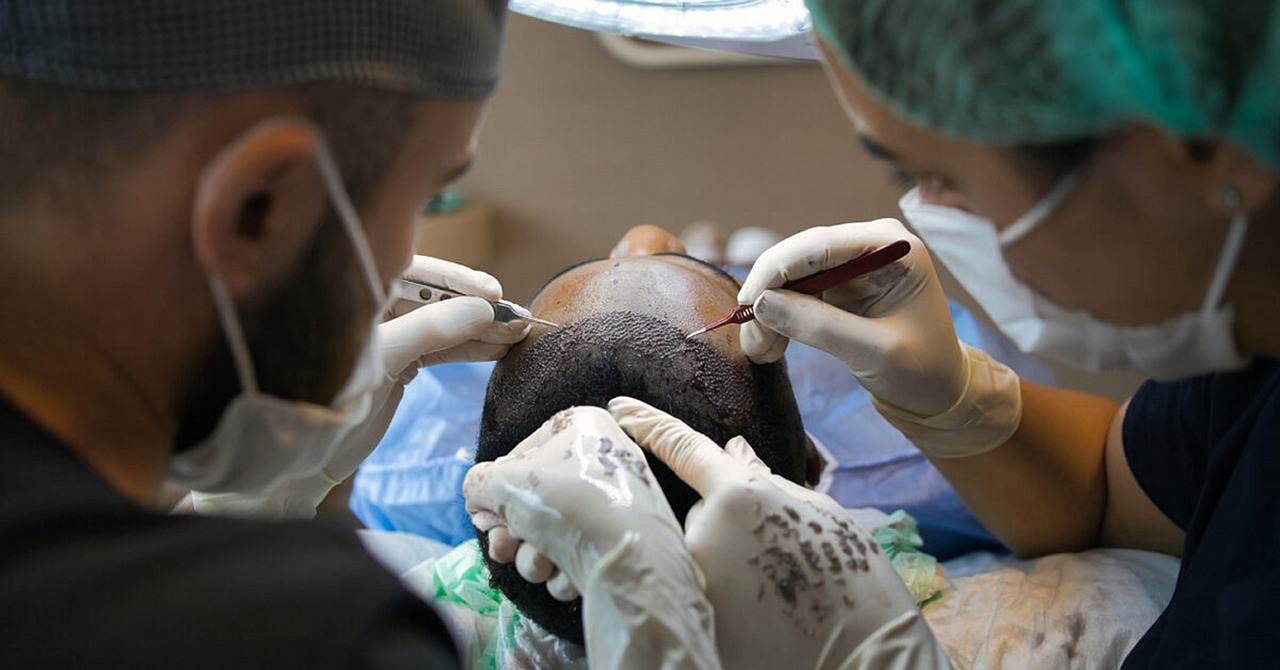Modern Liposuction Guide: Surgical Fat-Removal Essentials
Discover how liposuction sculpts persistent fat pockets using advanced surgical techniques. This comprehensive guide explains modern procedures like ultrasound-assisted liposuction, common treatment areas, recovery timelines, typical costs, and safety considerations—helping you decide if body contouring is right for you.

Liposuction is a surgical method designed to remove localized fat deposits and refine body contours. It isn’t intended as a primary weight-loss tool, but it can significantly improve shape and proportion by extracting pockets of fat that do not respond to diet or exercise. Over the decades, techniques and technology have improved, offering safer procedures and more predictable outcomes.
Advanced Ultrasound Technology in Modern Liposuction
One notable innovation is ultrasound-assisted liposuction (UAL). This approach applies ultrasonic energy to break down fat cells into a more fluid state before suctioning them out. Liquefying the fat can make removal smoother and less traumatic to nearby tissue, often preserving blood vessels, nerves, and connective structures.
Because ultrasound energy softens the fat matrix, surgeons may achieve more even contouring with less forceful cannula manipulation. Potential advantages include reduced bleeding, more precise sculpting in fibrous or dense areas, and possibly a quicker early recovery. As with any technology, results depend on the surgeon’s skill, patient anatomy, and the specific device used.
Areas Commonly Treated with Liposuction
Liposuction can address many locations where stubborn fat accumulates. Popular treatment zones include:
- Abdomen and waistline
- Thighs and hips (including inner and outer thighs)
- Upper arms and back
- Chin and neck region
- Male chest (gynecomastia or fatty deposits)
- Around the knees and lower calves/ankles
Treatment planning typically focuses on enhancing overall balance and proportion rather than removing large volumes of weight. Many patients combine liposuction with other procedures or lifestyle changes to optimize contour results.
What to Expect During Recovery
Healing after liposuction progresses in phases. Immediately following the procedure, patients can expect swelling and bruising that generally peak in the first few days and gradually subside over 2–3 weeks. Wearing compression garments for several weeks is commonly advised to reduce swelling, support tissue repositioning, and help the skin conform to new contours.
Most people are able to resume desk work or light activity within 1–2 weeks, but strenuous exercise and heavy lifting should usually be avoided for several weeks more. While visible improvement is often apparent within weeks, final results can continue to refine over several months as inflammation resolves and tissues settle.
Individual recovery times vary based on the treated area, the amount of fat removed, surgical technique, and personal healing factors. Clear preoperative instructions and careful adherence to postoperative guidance help improve both comfort and outcomes.
| Provider Type | Average Cost Range | Additional Fees |
|---|---|---|
| Private Clinic | $3,500 - $7,500 | Anesthesia, facility fees |
| Hospital-Based | $4,500 - $9,000 | Hospital fees, overnight stay |
| Medical Spa | $2,500 - $6,000 | Compression garments, medications |
Prices, rates, or cost estimates mentioned in this article are based on the latest available information but may change over time. Independent research is advised before making financial decisions.
Financial Considerations and Choosing a Provider
Costs vary depending on geographic location, facility type, the surgeon’s experience, the complexity of the procedure, and whether general anesthesia or multiple surgical sites are involved. A reputable provider will offer a transparent breakdown of surgeon fees, facility or hospital charges, anesthesia costs, and postoperative supplies such as garments and medications. When comparing options, factor in the surgeon’s credentials, before-and-after photos, patient reviews, and how well the practice addresses safety and follow-up care.
Safety, Risks, and How to Minimize Complications
Liposuction is generally safe when performed by an experienced, board-certified plastic surgeon, but it carries potential risks like any surgery. Possible complications include infection, contour irregularities, fluid collections (seroma), numbness, scarring, and adverse reactions to anesthesia. Rare but serious complications can occur, which is why careful patient selection and strict adherence to perioperative protocols are essential.
To reduce risks:
- Choose a qualified, board-certified surgeon with experience in the technique you are considering.
- Be honest about your medical history, medications, and prior surgeries.
- Follow preoperative instructions (smoking cessation, medication adjustments) and postoperative guidance (wound care, activity restrictions).
- Attend all scheduled follow-up appointments so your surgeon can monitor healing and address concerns early.
Final Thoughts
Liposuction has evolved into a refined body-contouring option that can address targeted fat deposits and improve silhouette when diet and exercise aren’t enough. Advances like ultrasound-assisted liposuction offer more tools for surgeons to achieve smoother results with potentially less trauma to surrounding tissues. Success ultimately depends on realistic expectations, appropriate patient selection, and careful postoperative care.
This article is for informational purposes only and should not be considered medical advice. Please consult a qualified healthcare professional for personalized guidance and treatment.





